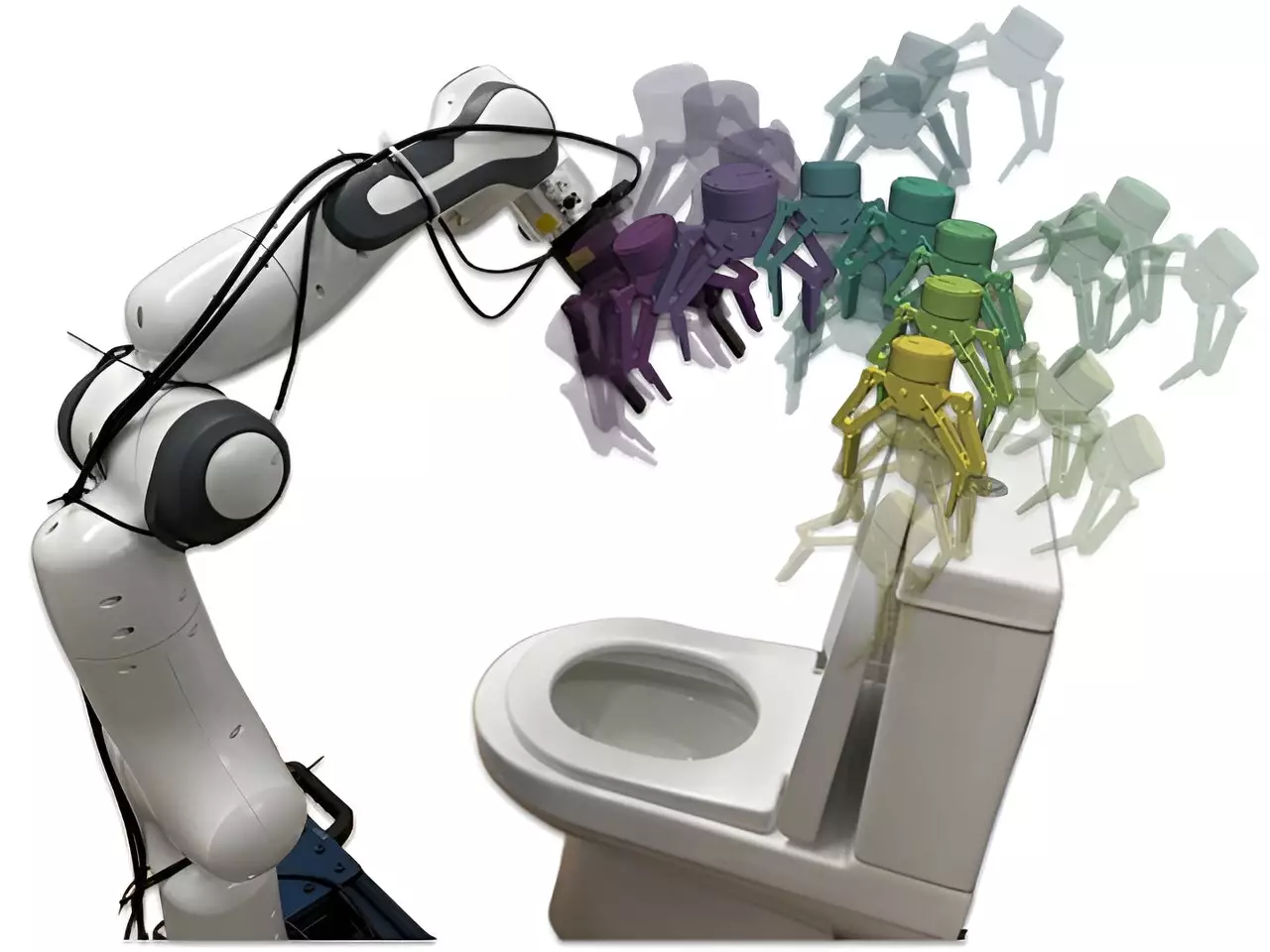The field of robotics has seen significant advancements in recent years, with roboticists introducing increasingly sophisticated systems. However, the challenge lies in teaching these systems to effectively tackle new tasks. Mapping high-dimensional data like images from on-board RGB cameras to goal-oriented robotic actions has been a complex process. Researchers at Imperial College London and the Dyson Robot Learning Lab have introduced a groundbreaking method called Render and Diffuse (R&D) to address this challenge.
Efficient Learning for Robots
The R&D method aims to unify low-level robot actions with RGB images using virtual 3D renders of a robotic system. This innovative approach could potentially revolutionize the process of teaching robots new skills by reducing the amount of human demonstrations typically required. Vitalis Vosylius, a final year Ph.D. student at Imperial College London and lead author of the research paper, highlighted the importance of enabling humans to teach robots new skills efficiently without the need for extensive demonstrations.
Existing techniques in robotic learning are data-intensive and struggle with spatial generalization, especially when objects are positioned differently from the demonstrations. Predicting precise actions from RGB images is extremely challenging when limited data is available. The R&D method allows robots to ‘imagine’ their actions within the image through virtual renders of their embodiment, enhancing spatial generalization capabilities and reducing the need for numerous demonstrations.
The R&D method comprises two main components: virtual renders of the robot and a learned diffusion process. By using virtual renders, robots can envision their actions in the environment, simplifying the learning process. The learned diffusion process refines these imagined actions iteratively, providing a sequence of actions for the robot to complete a task efficiently. This method significantly reduces training data requirements and improves the generalization capabilities of robotic policies.
The researchers conducted simulations to evaluate the effectiveness of the R&D method and tested it on a real robot to complete various everyday tasks. Tasks such as putting down the toilet seat, sweeping a cupboard, and opening a box were successfully accomplished using the R&D method. By representing robot actions within images, the method showed increased data efficiency, reducing the need for extensive demonstrations and labor-intensive data collection.
The promising results of the R&D method could have far-reaching implications for the field of robotics. The method can be further tested and applied to various tasks that robots could potentially tackle in the future. The researchers believe that this innovative approach could inspire the development of similar methods to simplify algorithm training for robotics applications. By combining image foundation models trained on massive internet data, the possibilities for future research are exciting and limitless.


Leave a Reply